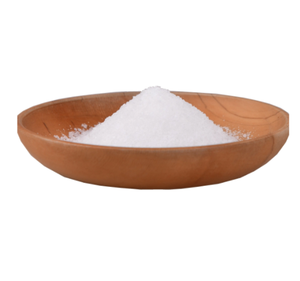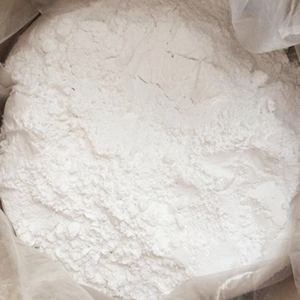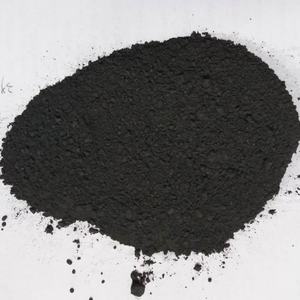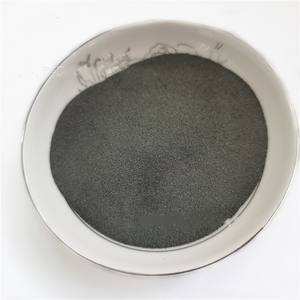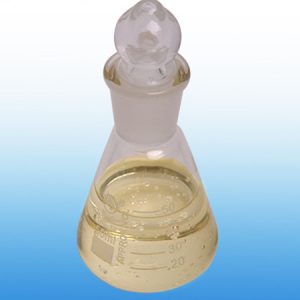One-stop lubrication solution | Discover the way to smoothness | Infomak
The Lifeline of Giants: Why Dielectric Oil Powers Our World
(s Lubricants Dielectric Oil High Voltage Transformers Oil)
High above the ground, humming softly near power lines, stand massive metal sentinels. These are high voltage transformers. They are the silent giants of our electrical grid. They step voltage up for efficient transmission over long distances. They step voltage down to safe levels for our homes and businesses. But inside these giants flows a vital, often overlooked lifeblood: dielectric oil, specifically transformer oil. This isn’t just any oil. It’s a specially engineered lubricant and protector. Let’s explore this unsung hero.
1. What Exactly is Dielectric Oil for High Voltage Transformers?
Think of dielectric oil as the ultimate multi-tasker inside a transformer. It’s a special type of insulating oil. Its primary job is to stop electricity jumping where it shouldn’t. “Dielectric” means it strongly resists electrical current flow. This oil fills the space around the transformer’s core and windings. These are the parts carrying high voltage electricity. The oil creates a protective bubble. It prevents sparks or short circuits between these energized parts and the grounded transformer tank. It’s a liquid insulator. But it does more than just insulate. It also acts as a coolant. It absorbs heat generated by the transformer during operation. It carries this heat away to the tank walls. From there, the heat dissipates into the air. Transformer oil is also a lubricant. It helps protect internal components from wear. It’s usually a highly refined mineral oil. Sometimes it’s based on synthetic esters. It’s clear, pale yellow, and has very specific chemical properties. These properties are crucial for its performance under extreme electrical stress.
2. Why is This Special Oil Absolutely Crucial?
Transformer oil isn’t optional. It’s fundamental. Its role is critical for several reasons. First, safety. Without effective insulation, high voltage electricity could arc inside the transformer. This could cause catastrophic failure. It could mean fire or explosion. It would definitely mean the transformer stops working. Second, reliability. The electrical grid depends on transformers functioning 24/7. Good dielectric oil ensures stable operation. It prevents unexpected outages. Third, longevity. Transformers are expensive. They are built to last decades. The oil protects the internal paper and cellulose insulation. It prevents these materials from drying out and becoming brittle. It also protects metal parts from corrosion. Fourth, efficiency. Heat is the enemy of electrical efficiency. Overheating wastes energy. It damages components. The oil’s cooling ability keeps the transformer running efficiently. It allows it to handle its rated load safely. Without high-quality dielectric oil, the entire transformer is at risk. Grid stability suffers. Power becomes unreliable. Costs skyrocket due to repairs and replacements.
3. How Does Dielectric Oil Actually Work Inside a Transformer?
The magic of dielectric oil happens through its physical and chemical properties. Let’s break down its key functions:
Insulation: The oil has high dielectric strength. This means it can withstand very high voltages before electricity breaks through it. It surrounds the high-voltage windings and core. It fills every tiny gap. This prevents electrical discharges (arcing) between components. It also insulates the windings from the transformer’s grounded metal tank.
Cooling: Electricity flowing through the windings creates heat. The oil absorbs this heat. It’s a fluid, so it circulates naturally. Hot oil near the core rises. Cooler oil near the tank walls sinks. This natural convection cycle moves heat from the core to the tank. The tank surface then radiates the heat into the surrounding air. Larger transformers might have radiators or fans to enhance this cooling. The oil’s specific heat capacity and thermal conductivity determine how well it performs this task.
Arc Quenching: If a small internal electrical fault occurs, the oil helps extinguish the resulting arc quickly. This minimizes damage.
Protection: The oil acts as a barrier. It protects the internal solid insulation (like paper) from moisture and oxygen. Moisture and oxygen cause aging and degradation. The oil also lubricates moving parts. It helps prevent rust and corrosion on metal surfaces inside the tank.
4. Where Do We Find These Vital Lubricants in Action?
Dielectric oil is essential anywhere high voltage transformers operate. That covers a vast territory:
Power Generation Plants: Huge step-up transformers increase the voltage of electricity produced. This makes long-distance transmission efficient.
Electrical Substations: These hubs contain many transformers. Step-down transformers reduce voltage for distribution to neighborhoods. Step-up transformers might also be present for transmission lines.
Industrial Facilities: Factories, mills, and large buildings often have their own substations. They use transformers to get the right voltage for heavy machinery.
Renewable Energy Sites: Wind farms and solar power plants rely on transformers. These connect their generated power to the grid. Often, these transformers are exposed to harsh weather. High-quality oil is vital.
Railways: Electric trains and trams use transformers for their power systems.
Mining Operations: Heavy equipment in mines requires robust electrical distribution. Transformers deliver the necessary power.
Commercial Buildings: Large offices, hospitals, data centers use transformers within their electrical systems.
Essentially, anywhere significant amounts of electricity are used or distributed, you’ll likely find a transformer. Inside that transformer, you’ll find dielectric oil working hard.
5. FAQs: Unraveling Common Questions About Transformer Oil
People often have questions about this critical fluid. Here are some key ones:
Is transformer oil dangerous? Fresh, uncontaminated mineral-based transformer oil has low acute toxicity. But it’s not edible. It can irritate skin. Used oil can contain harmful byproducts from electrical stress and heat. It requires careful handling and proper disposal as hazardous waste. Always follow safety protocols.
How often is transformer oil changed? It’s not a simple schedule. Oil isn’t changed based purely on time. Its condition is monitored regularly. Tests check dielectric strength, acidity, moisture content, and dissolved gases. Good oil can last many years. Bad oil needs changing or purification sooner. The goal is to maintain its protective properties.
Can you see if the oil is bad? Sometimes. Severe degradation might darken the oil. Or sludge might form. But often, problems are invisible. Only laboratory testing can reveal issues like high moisture or reduced dielectric strength. Regular testing is essential.
What happens if the oil level gets too low? This is serious. Low oil reduces insulation. This increases the risk of internal arcing and failure. It also impairs cooling. This leads to overheating. Transformers have gauges or alarms for low oil level. Immediate action is needed to investigate and refill.
(s Lubricants Dielectric Oil High Voltage Transformers Oil)
Are there eco-friendly alternatives? Yes. Biodegradable ester-based oils (natural or synthetic) are gaining traction. They offer excellent fire safety and performance. They are less toxic and break down faster if spilled. However, they can be more expensive than traditional mineral oil. The choice depends on application, regulations, and budget. Mineral oil remains widely used.
